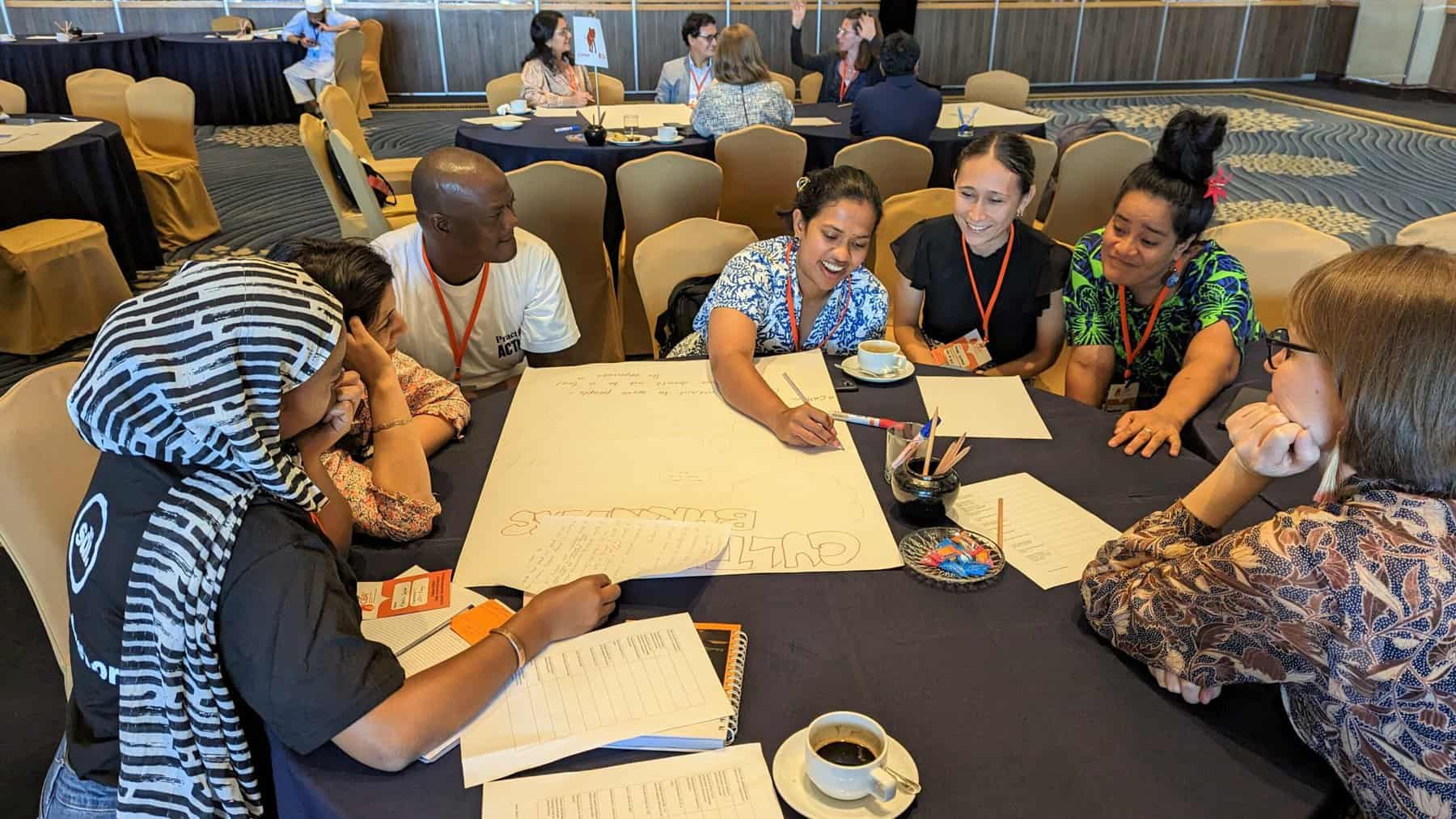Through the BioHeritage Crazy and Ambitious Think Tank, Sandy Wakefield is helping create an online repository of Māori-led conservation projects from all over the country. The Think Tank repository is an online GIS (Geographic Information System) map. The repository will map places in Aotearoa where Māori and community-led environmental restoration projects are being undertaken, everywhere from urban areas, to freshwater and marine environments.
“Essentially, the criterion for this repository is that te taiao must be cherished from a tangata whenua or Te Ao Māori point of view,” says Sandy.
“This could be demonstrated in many ways – through project design, project governance, where and how the project carries out its actions, or the emphasis the project has in its aims, aspirations and outcomes for both the community and the environment.”
Sandy gives the Hutton’s Shearwater Charitable Trust as an example.
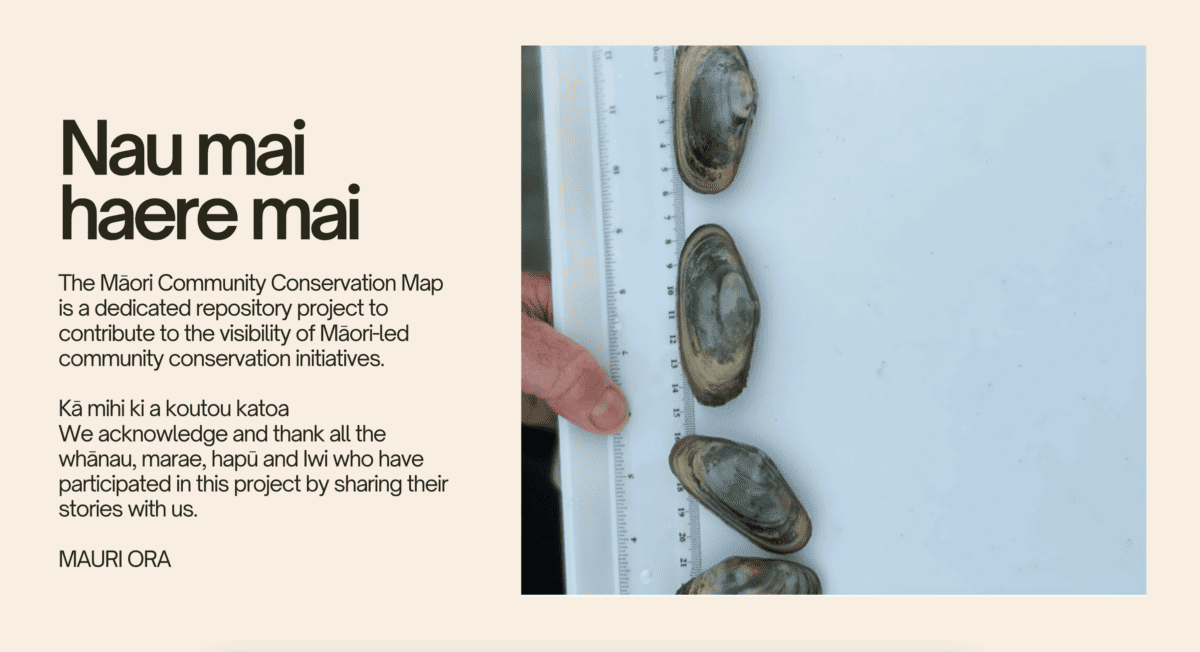
“The endangered Kaikoura tītī is the only known seabird to breed in alpine areas,” says Sandy. “These manu return annually to breed. Ngāti Kuri hold a special pōwhiri for the manu, and when the manu begin their winter migration to Australia, the community gather to poroaki them. To mihi to these manu is an important aspect of the restoration work that they do.”
Ultimately, for Sandy, identifying the unique characteristics and actions in projects gives insight into diverse expressions of toi Māori in environmental restoration work and inspiration to build upon for the generations to come.
“There is something embedded in te reo Māori, connected to our knowledge systems, that begins in our environment. This depth of knowledge of our environment is contained in te reo Māori itself. I enjoy hearing from the participants and the work that they do. I enjoy learning about it even more.”
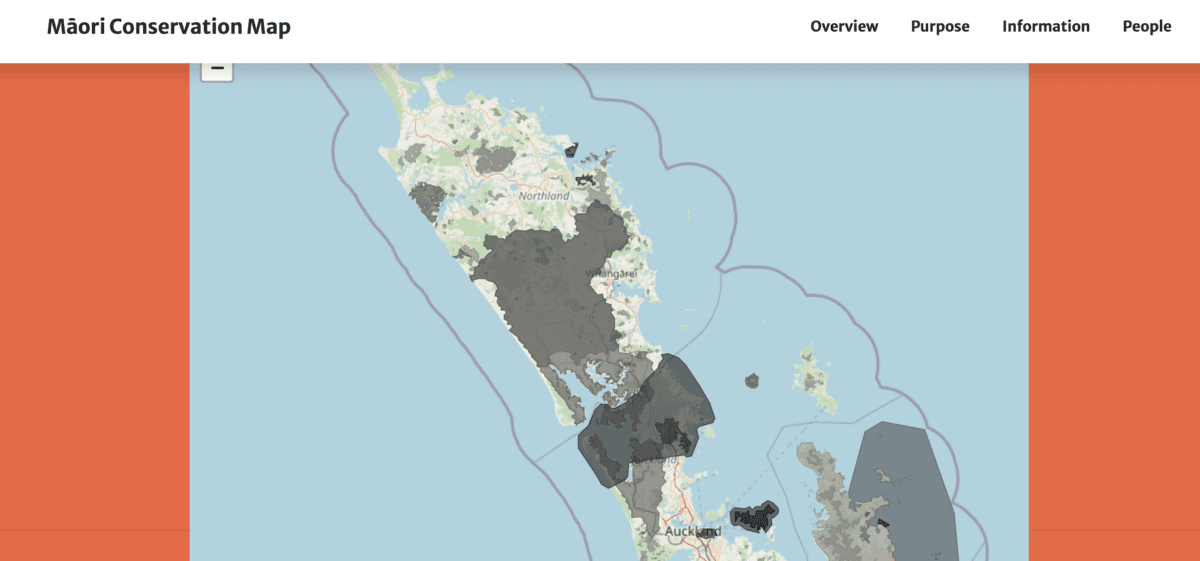
More backgrounds enrich the mahi
In her work, Sandy appreciates collaborating with those who share common goals but come from different backgrounds.
“When I’m in the ngahere with an ecologist, they might see something completely different to what I’m seeing. I really enjoy that knowledge share.”
Sandy believes it’s these positive and coherent working relationships that take time and energy to foster. When it comes to project partnerships with Māori, a big question for Sandy is who funds the relationship building.
She sees hope in the mātauranga Māori projects that are being resourced to succeed.
“There’s some beautiful projects and people that are coming together for the first time,” she says.
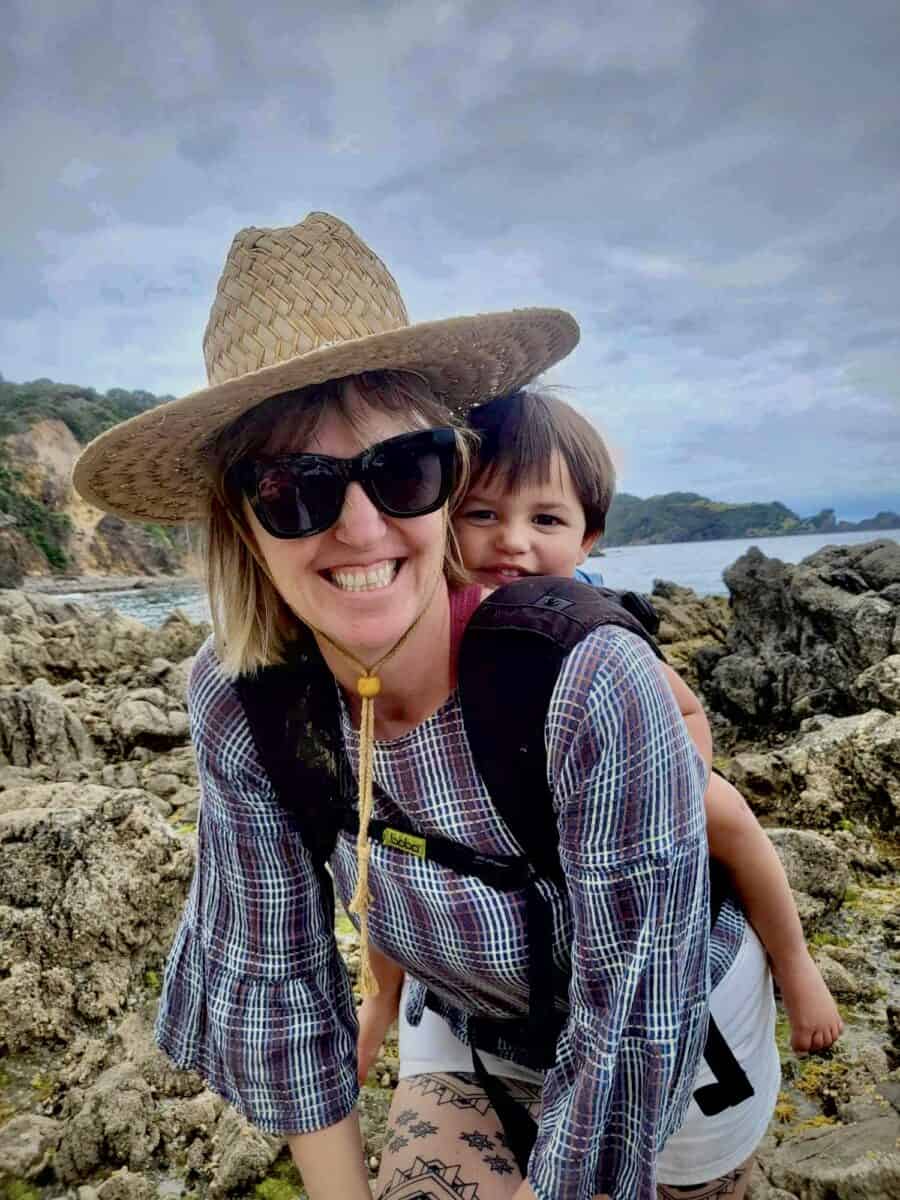
Sharing Indigenous perspectives
In May, Sandy’s Ngā Pī Ka Rere grant took her to Thailand for CBA17.
In choosing to attend sessions themed around decolonising climate action, Sandy found herself in rooms with climate finance representatives interested in investing in projects from the Global South.
“There’s a really interesting global conversation about climate change that’s run by money, and relationships with te taiao tend to disappear within that context,” says Sandy.
While funders are keen to announce that the answers lie in locally led adaptation to climate change, Sandy was surprised that there were gaps in understanding around issues that affect Indigenous people, such as data sovereignty.
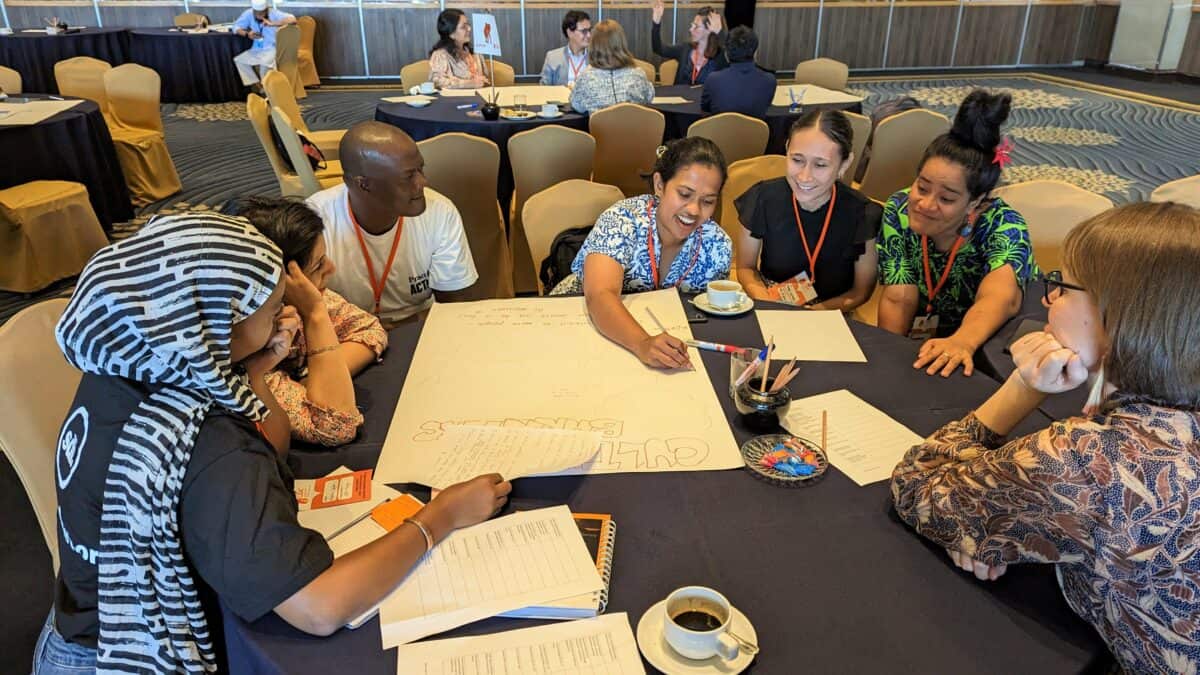
Sandy says that exposure to the global business of climate adaptation was pretty eye-opening and has informed how she continues to support the mahi of local communities, particularly Māori, who continue to innovate in these spaces.
Kerry Donovan Brown
